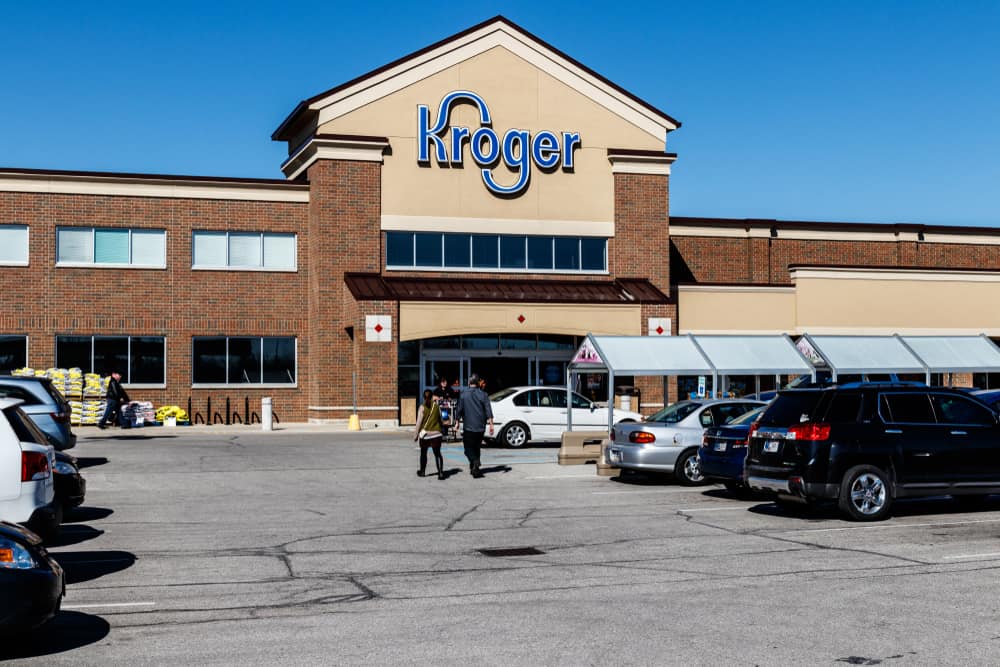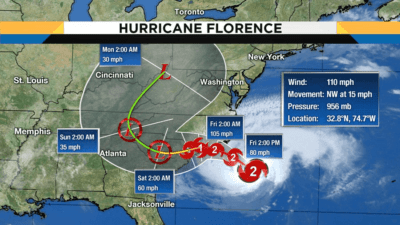
Despite an economy rooted in agriculture, North Carolina is one of the hungriest states in the country. In 2016, there were over 1.5 million food insecure people in North Carolina.
In June, Kroger announced that it would close all 14 of its grocery store locations in the Triangle. Two of those locations — both in Durham (5116 N. Roxboro Road and 3825 S Roxboro Street) — are located in food deserts. As defined by the USDA, food deserts are “urban neighborhoods and rural towns without ready access to fresh, healthy, and affordable food.” On August 11, two census tracts in Durham will lose their only grocery store.

Simultaneously, 45 farmers markets, farm stands and mobile markets across North Carolina may be forced to stop accepting the Electronic Cash Benefit (EBT) cards that many depend on to afford fresh, healthy foods. The technology company that currently processes Supplemental Nutrition Assistance Program (SNAP) benefits at 40 percent of the country’s farmers markets, Novo Dio Group, planned to stop doing so at the end of July, but the National Association of Farmers Market Nutrition Programs has provided operational funding for an additional 30 days to keep the technology running through the end of August.
From the Triangle to the Unifour, food deserts are found across North Carolina in urban and rural settings alike. According to a 2014 report by the General Assembly, North Carolina had at least 349 food deserts across 80 counties, with more than 1.5 million residents living in those zones. From 2009 to 2014, 43 counties across the state had a 5 percent or more decrease in grocery stores. At the same time, 53 counties had a 5 percent or more increase in fast food restaurants.
The impacts of food deserts on those who live in them include a higher risk of obesity, diabetes, cardiovascular disease, and other diet-related conditions. Additionally, those in food deserts are more likely to be food insecure, or experience “disrupted eating patterns and reduced food intake.”
The topic of food deserts is nothing new to North Carolina; in 2014, a General Assembly legislative research commission was formed to study food desert zones. However, a lack of access to affordable, healthy foods continues to burden communities across the state. The closure of grocery stores along with the possibility of reduced access to farmers markets for SNAP recipients threaten to exacerbate this issue.
A look at new numbers
In a new report from the Food Research and Action Center (FRAC) titled “How Hungry is America?”, North Carolina had the 17th highest percentage of households experiencing food hardship — or the inability to afford enough food for themselves and their families. Almost one in every six households in North Carolina (16.4 percent) experienced food hardship in 2016–2017. When just considering households with children, this percentage jumps to 18.6 percent.
Nationally, the average food hardship rate has been declining over the past few years as the economy continues to recover from the recession. The highest national rate of food hardship in the last decade occurred in 2013 at a peak of 18.9 percent, but declined to 15.1 percent by 2016. However, between 2016 and 2017, the food hardship rate rose from 15.1 percent to 15.7 percent.
This interactive map, courtesy of FRAC, allows you to see trends in food hardship rates over time and for different subgroups of the population.
On a local level, three North Carolina metropolitan statistical areas (MSAs) have a higher food hardship rate than the state average of 16.4 percent. Winston-Salem has the highest food hardship rate for all MSAs in North Carolina and ranked 7th nationally with a rate of 20.2 percent, or about one in every five households. Greensboro-High Point ranked 14th nationally with a rate of 19.2 percent, and Asheville ranked 22nd nationally with a rate of 17.7 percent.
The bottom line: a lack of sufficient financial resources to consistently buy food continues to pose a threat to the food security of hundreds of thousands of households across North Carolina, and even more frequently threatens the food security of households with children.
North Carolina voices
In a recent Reach NC Voices conversation, we asked our members how long it takes them to get from where they live to where they most commonly shop for food. Of the 464 responses collected since July 26, over two-thirds of respondents said it takes them under 10 minutes.
When asked to share other thoughts about food access in their community, Reach NC Voices respondents said the following.
“For us, it’s not distance, it’s walkability. There are no sidewalks or crosswalks in most of my town, so despite living around the corner from a Walmart it takes a long time to get there if you’re unable to drive due to age, disability, or economic status.”
-A user from Johnston County
“I was disturbed to see that the company providing EBT to farmers’ markets was being shut. I think there should be marketing and transportation to encourage and make it easier and attractive for low-income people to access local, healthy produce.”
-A user from Durham County
“We have a facility for the elderly nearby that transported them to the Kroger on Maynard Rd. Now that it is closed, they have nowhere to shop that will be reasonably priced. [Harris Teeter] is sometimes 3X as expensive.”
-A user from Wake County
“I am concerned for our areas in poverty. Many people in our more impoverished areas have to walk miles to the grocery stores. Some areas can get public transportation. But think about it. You have to wait for two or three buses just one way. Then you have to lug those groceries around for hours. It’s too difficult.”
-A user from Gaston County
To weigh in on future Reach NC Voices conversations about policy topics in North Carolina, leave your information below.
Recommended reading





